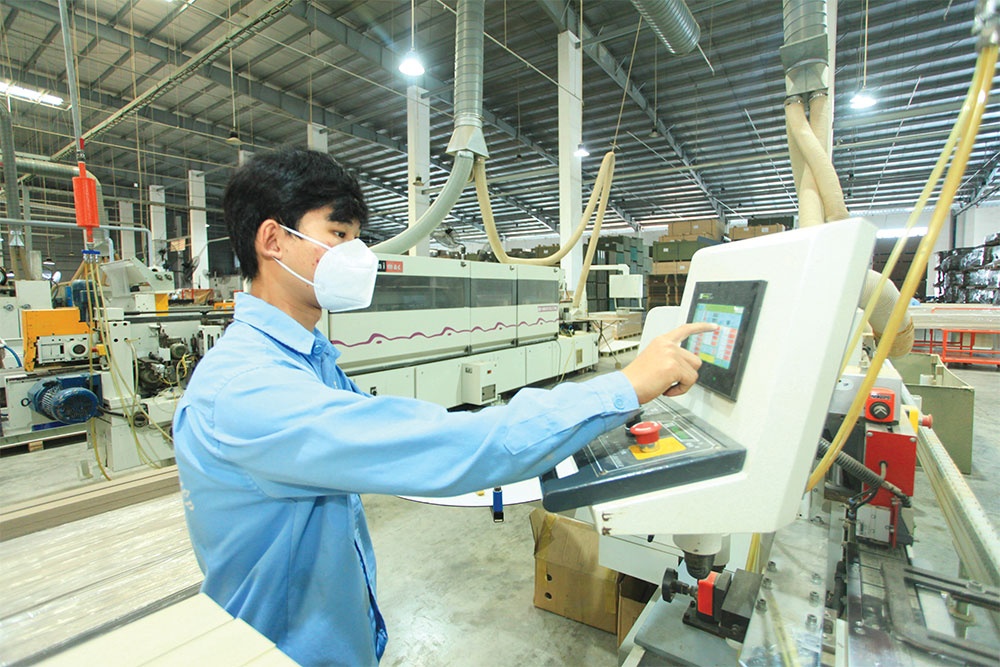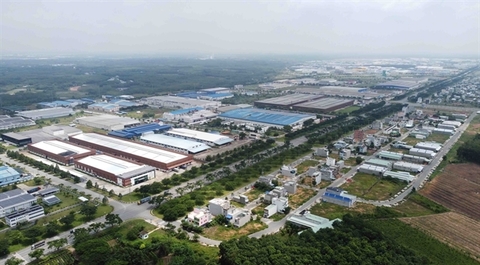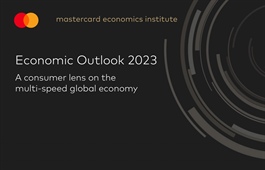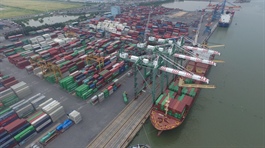Economy preparing for tricky 2023
Economy preparing for tricky 2023
Growth in Vietnam’s economy may slow down next year due to massive complexities, including a reduction in global demand caused by tightened spending.

This week will see the government officially announce the country’s whole-year economic growth figure, which is expected to stand at around 8-8.2 per cent. But the government has also said that such a high rate may not be maintained in 2023 due to numerous risks caused by global geopolitical tensions, which will have direct negative impacts on the Vietnamese economy.
It is partly why the government and the National Assembly have set out a less optimistic target for economic growth to reach 6.5 per cent for 2023.
However, the Asian Development Bank (ADB) foresees even more challenges for the economy moving into next year.
“While Vietnam’s economy is performing well amid global uncertainties, risks to the economic outlook have become elevated. The ADB raised its forecasts for Vietnam’s economy to grow by 7.5 per cent this year. Forecast for inflation for 2022 is revised down to 3.5 per cent,” the ADB said in its new supplement to the Asian Development Outlook 2022 report.
Under the ADB’s calculations, while trade continues to expand, signs show weakening global demand for the country’s exports. The price manufacturing index (PMI) dipped from 50.6 in October to 47.4 in November, and employment was down for the first time in eight months. Little liquidity is left for economic recovery after recent monetary tightening, a decline in corporate debt issuance from January to October, and a slowdown in disbursement of public investment.
“The growth forecast for 2023 is therefore adjusted down from 6.7 to 6.3 per cent as major trade partners weaken,” the ADB stressed.
Global analysts FocusEconomics also told VIR that Vietnam’s economic outlook will see a raft of challenges as the economy’s input materials and exports largely depend on foreign markets.
“Growth in the export-oriented industrial sector has deteriorated so far in Q3, while merchandise exports fell in November amid declining external demand,” it said.
The government is expecting that for the entire year, the total commodity export-import turnover will be $735 billion, split almost equally in terms of exports and imports. Vietnam’s total 11-month commodity trade turnover is estimated to stand at $673.82 billion, up 11.8 per cent on-year. The export turnover touched $342.21 billion, up 13.4 per cent, and the import turnover was $331.61 billion, up 10.1 per cent.
However, such an attainment has revealed some signal of risks. Specifically, the export growth has far largely comes from the increase in prices as opposed to volume. Additionally, businesses are facing numerous difficulties, with a big decline in orders due to weak demand.
Figures from the General Statistics Office’s showed that monthly trade values over during September-November dipped to about $29.5 billion of exports and over $28 billion of imports, from $31.3 billion and $31 billion, respectively, in the March-August period. Notably, the year’s end often see a rise in exports thanks to global demand rising.
The Ministry of Industry and Trade forecast that the situation will continue into next year, which will continue affecting Vietnam’s economic growth. Currently, export-import turnover is doubling GDP.
“Vietnam should remain ASEAN’s top performer in 2023, despite projected softer growth. Slowdowns in private consumption, investment, industrial activity and exports will all weigh on activity,” FocusEconomics said in its January 2023 report. “Our panellists expect GDP to expand 6.1 per cent in 2023, which is down 0.1 percentage points from last month’s forecast, and 6.7 per cent in 2024.”
Under its calculations, Vietnam’s industrial production increased 10.4 per cent on-year in November, which was lower than the on-year rise of 16.5 per cent in October.
“November’s result marked the worst reading since January. The notable moderation came due to a steeper contraction in energy production, as well as slowdowns in manufacturing and mining and quarrying output,” FocusEconomics stated.
The World Bank nearly a fortnight ago also said that Vietnam’s two drivers of economic growth, exports and domestic demand, are moderating.
“Softer external demand has weighed on Vietnam’s exports. The post-pandemic consumption rebound also appears to be fading and tighter domestic financial conditions and rising inflation could affect domestic demand going forward,” the bank said.
Reflecting weaker external demand, growth of industrial production moderated to 5.3 per cent on-year in November, the lowest rate since February. The PMI also slipped into contractionary territory for the first time since October 2021, the World Bank added. Retail sales registered a high but decreasing growth rate, at 17.5 per cent on-year, compared to 20.7 per cent in October 2022.
Under the World Bank’s statistics, merchandise exports contracted by 8.4 per cent on-year – the first contraction since October 2021 due to weakening external demand and high base effects associated with the rebound in Q4 of 2021.
The World Bank in October also projected that the Vietnamese economy will grow 7.2 per cent for 2022 as a whole before dipping to 6.7 per cent next year.






















